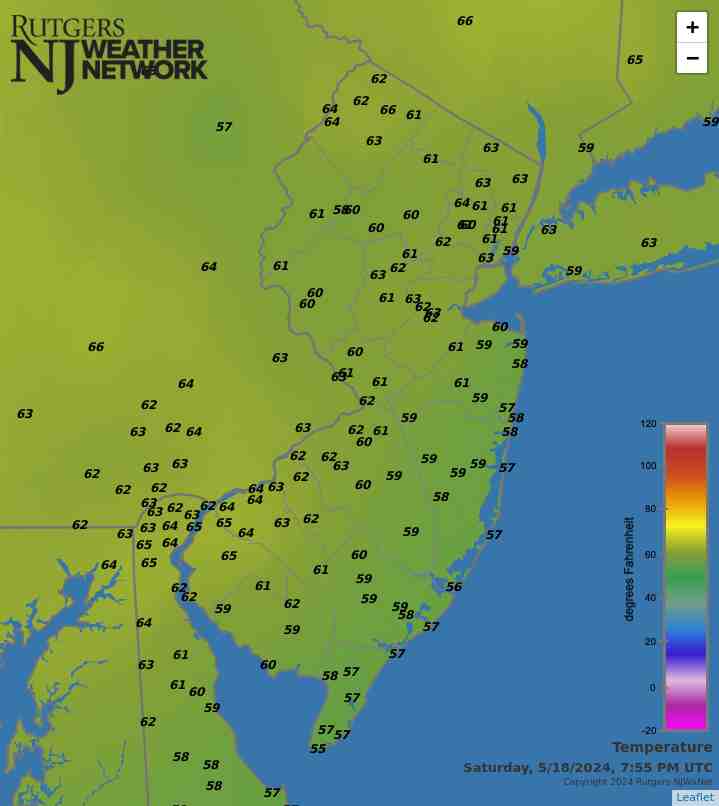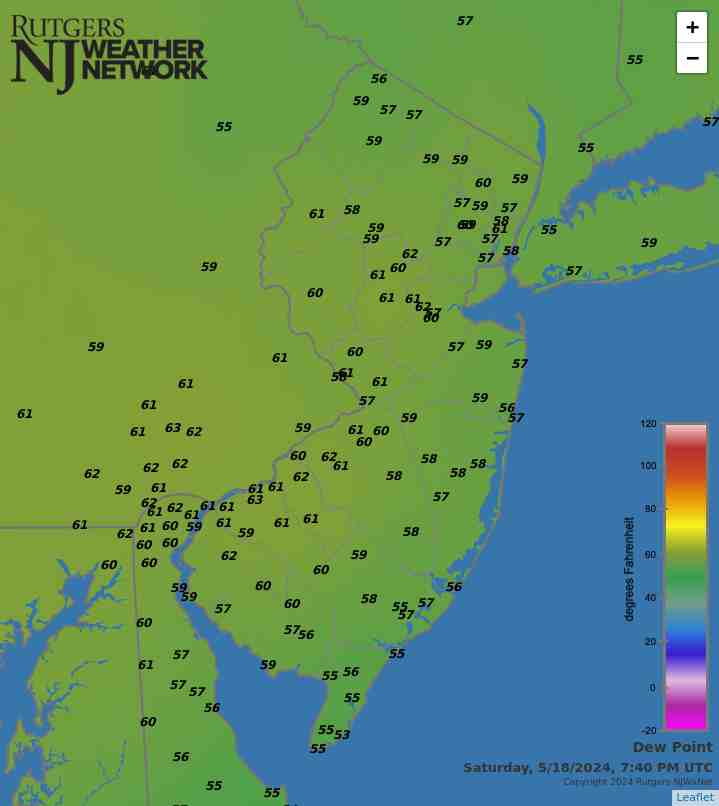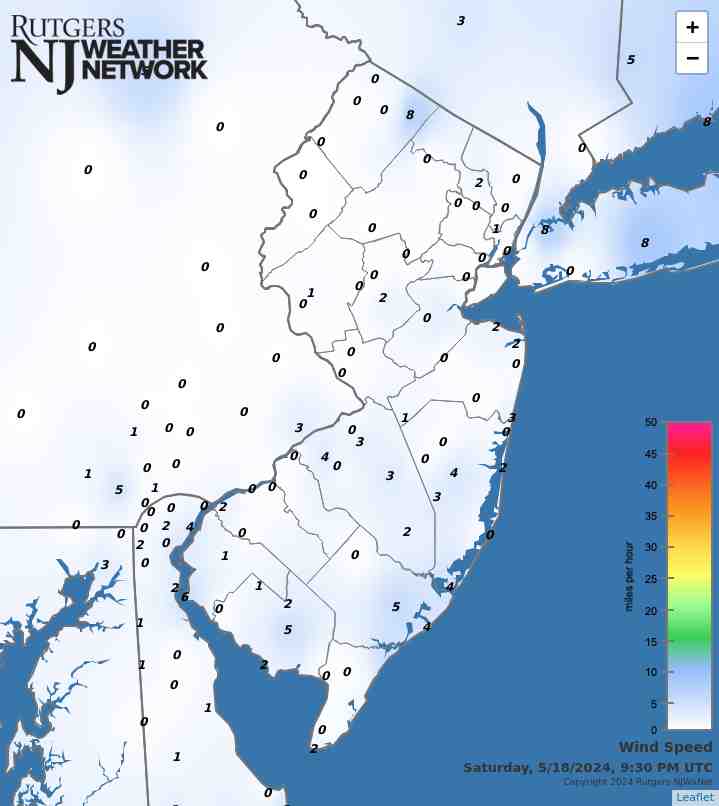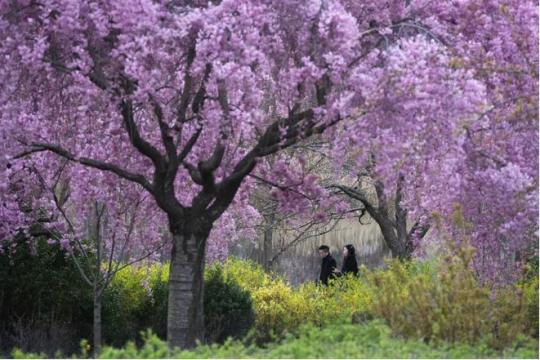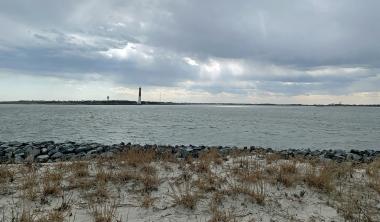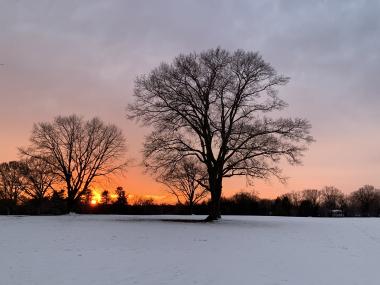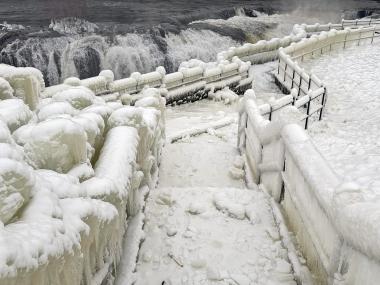Spring Mix: April 2021 Recap

While April 2021 did not have a flare for the dramatic, it did provide a bit of a last look at winter and a glimpse ahead to summer. Overall, it was milder and drier than normal, but not exceedingly so for either variable. The statewide average temperature of 52.6° was 1.1° above the 1991–2020 normal*. Compared to an average over the 1895–present period, the temperature was 2.9° on the plus side, thus explaining the 2021 ranking as the 17th warmest April since 1895. Precipitation averaged 2.47”, which was 1.23” below normal and ranks as the 22nd driest. Coastal areas were wettest with approximately 3.50”–4.50” of rain, a good portion of the state received 2.50”–3.50”, while scattered areas were under 2.50” (Figure 1). Statewide and divisional snowfall came in at a trace.


